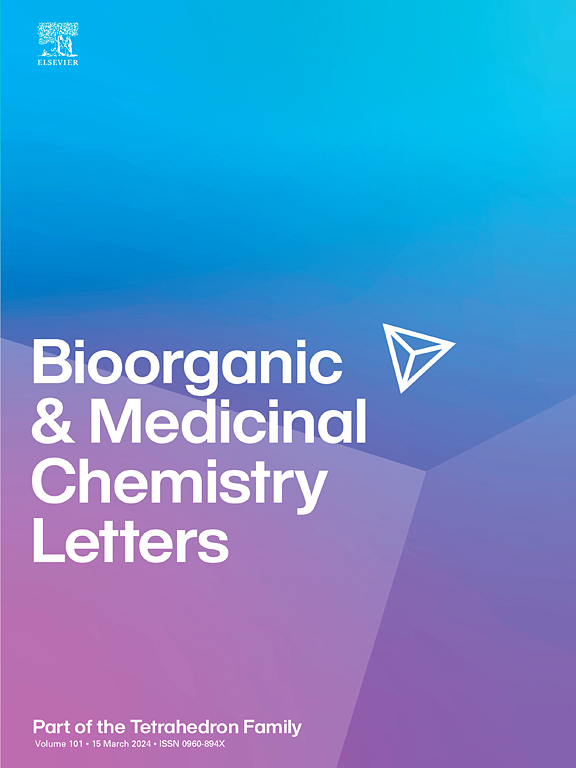Sensitive and reliable gastric ulcer related MicroRNA detection by bridge catalytic hairpin assembly (bCHA) mediated primer exchange reaction
IF 2.5
4区 医学
Q3 CHEMISTRY, MEDICINAL
引用次数: 0
Abstract
MicroRNAs (miRNA) have a significant role in the progression of gastric ulcer, and the sensitive and reliable detection of miRNAs is pivotal for the early diagnosis and treatment of gastrointestinal diseases. In this study, we developed a novel and efficient method for detecting miRNA-122, a crucial biomarker used to assess the prognosis of gastric ulcers. This method combines the bridge catalytic hairpin assembly (bCHA)-based target sequence recycling with the primer exchange reaction (PER), resulting in a highly sensitive and label-free approach. Specifically, the bridge CHA technique, which offers superior target recognition accuracy and increased signal amplification efficiency compared to the classic CHA procedure, can selectively identify the target miRNA and release the complementary sequence to serve as a primer to facilitate the PER. This PER process produces a large number of G-quadruplex sequences, which then bind with thioflavin T to significantly increase its fluorescence. This enhanced fluorescence is used to detect miRNA-122, with a detection limit as low as 3.12 fM. The proposed approach can achieve exact discrimination of the target miRNA-122. Due to its label-free character, high selectivity, and sensitivity, this technology can serve as a practical and universal approach for detecting different biomarkers in the early stages of gastrointestinal diseases.

桥催化发夹组装(bCHA)介导的引物交换反应灵敏可靠地检测胃溃疡相关MicroRNA。
MicroRNAs (miRNA)在胃溃疡的进展中具有重要作用,敏感可靠地检测到miRNA对于胃肠道疾病的早期诊断和治疗至关重要。在这项研究中,我们开发了一种新的有效的方法来检测miRNA-122,这是一种用于评估胃溃疡预后的重要生物标志物。该方法结合了基于桥催化发夹组装(bCHA)的目标序列回收和引物交换反应(PER),产生了高灵敏度和无标记的方法。具体而言,桥接CHA技术与经典CHA程序相比,具有更高的目标识别精度和更高的信号放大效率,可以选择性地识别目标miRNA并释放互补序列作为引物促进PER。这种PER过程产生大量的g -四重体序列,然后与硫黄素T结合,显著增加其荧光。这种增强的荧光用于检测miRNA-122,检测限低至3.12 fM。该方法可以实现对靶标miRNA-122的精确识别。由于其无标记、高选择性和灵敏度的特点,该技术可以作为一种实用和通用的方法,用于检测胃肠道疾病早期的不同生物标志物。
本文章由计算机程序翻译,如有差异,请以英文原文为准。
求助全文
约1分钟内获得全文
求助全文
来源期刊
CiteScore
5.70
自引率
3.70%
发文量
463
审稿时长
27 days
期刊介绍:
Bioorganic & Medicinal Chemistry Letters presents preliminary experimental or theoretical research results of outstanding significance and timeliness on all aspects of science at the interface of chemistry and biology and on major advances in drug design and development. The journal publishes articles in the form of communications reporting experimental or theoretical results of special interest, and strives to provide maximum dissemination to a large, international audience.

 求助内容:
求助内容: 应助结果提醒方式:
应助结果提醒方式:


